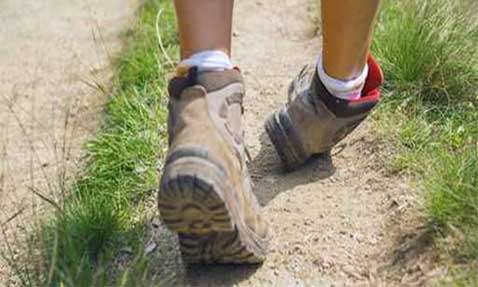Strains
WHAT CAUSES A STRAIN?
A strain is caused by twisting or pulling a muscle or tendon. Strains can be acute or chronic. An acute strain is caused by trauma or an injury such as a blow to the body; it can also be caused by improperly lifting heavy objects or overstressing the muscles. Chronic strains are usually the result of overuse – prolonged, repetitive movement of the muscles and tendons.
Two common sites for a strain are the back and the hamstring muscle (located in the back of the thigh). Contact sports such as soccer, football, hockey, boxing, and wrestling put people at risk for strains. Gymnastics, tennis, rowing, golf, and other sports that require extensive gripping can increase the risk of hand and forearm strains. Elbow strains sometimes occur in people who participate in racquet sports, throwing, and contact sports.
WHAT ARE SYMPTOMS OF A STRAIN?
Typically, people with a strain experience pain, muscle spasm, and muscle weakness. They can also have localized swelling, cramping, or inflammation and, with a minor or moderate strain, usually some loss of muscle function. Patients typically have pain in the injured area and general weakness of the muscle when they attempt to move it. Severe strains that partially or completely tear the muscle or tendon are often very painful and disabling.


